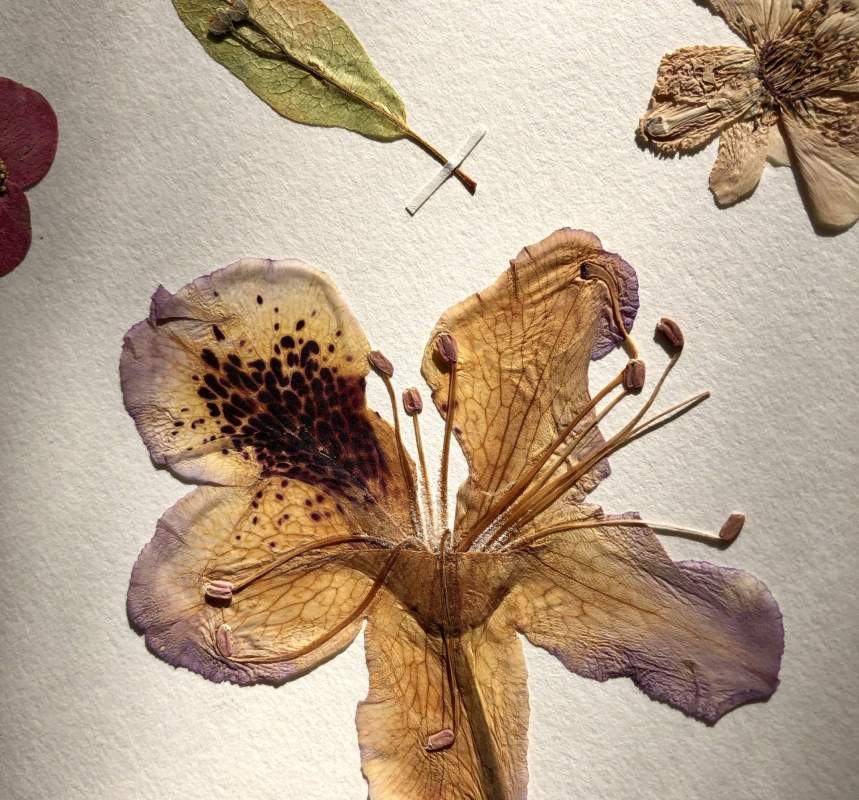Scientists studied a collection of 500-year-old pressed flowers to better understand changes in the Italian countryside, and their analysis revealed disheartening changes in the local environment.
What happened?
More than 5,000 plants from the Bologna, Italy, hillsides were cut and dried between 1551 and 1586 by naturalist Ulisse Aldrovandi, the Guardian reports. His collection is preserved in 15 books containing up to 580 specimens glued to sheets. The books also include notes on species' frequency, abundance, ecology, local names, and uses in folk medicine, the Guardian details.
Now, a new study published by The Royal Society is taking a closer look at these pressed specimens to track floristic changes in the region in the past five centuries. The researchers found significant changes in Bologna's flora due to a warming planet and human migration, per the Guardian.
Why is the study concerning?
Researchers discovered that there has been a large influx of non-native species in Bologna in the past 500 years. When the collection was first put together, only 4% of the region's flowers came from the Americas. Today, that has increased by 1,000%. This was due to the expansion of American-European trade routes starting in the Renaissance period.
"These increases are frightening, in some respects, because they are the unequivocal sign of profound human impact," lead researcher Fabrizio Buldrini told the Guardian.
The study also found that many of the plant species present during Aldrovandi's lifetime are threatened or have disappeared altogether. While the total number of species has increased, the quality of the flora has decreased, and rarer species are disappearing.
Native plants are crucial to ecosystems. They are evolved to a region's unique moisture levels, soil, weather, and native wildlife. These plants also have mutualistic relationships with native animals that benefit both the plant and the wildlife. For instance, native plants attract and nourish pollinators that, in turn, help plants reproduce.
Invasive plants, on the other hand, can cause an array of problems, including pushing out native plants by hoarding nutrients and water. These plants can even completely change the landscape, as they have in Bologna.
One plant expert shared a video demonstrating how a non-native plant called wild mustard was outcompeting native plants like purple lupines, California poppies, and mariposa lilies.
What can I do to help with invasive plants?
While you may not be able to change Bologna's landscape, you can do your part by helping native species where you live.
The National Wildlife Federation (NWF) suggests removing any invasive plants from your yard and reporting sightings of non-natives to your county extension agent or local land manager.
You can also support native species by planting them in your garden. NWF sells native plant collections for 38 United States states, and you can often find natives at your local nursery.
Join our free newsletter for cool news and cool tips that make it easy to help yourself while helping the planet.









